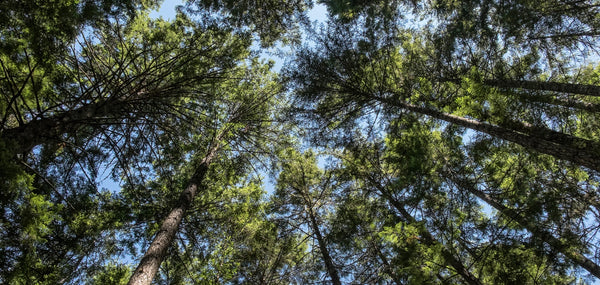
Get news, updates, & event Info delivered right to your inbox:
Learn About 10 Popular Tree Species
Trees come in many shapes and sizes — and from nutritional fruit trees to towering sequoias, we love to celebrate each and every one of them.
All trees, when growing in the right environment, offer a range of important ecosystem services, such as carbon sequestration, air and water filtration, soil improvement, habitat for biodiversity, and more. However, different tree species have evolved specific characteristics to help them adapt to the biotic and abiotic factors of the region or ecosystem type that they are indigenous to. This is why planting native, climate-adapted adapted and ecologically appropriate tree species is such a powerful restoration strategy.
Today, let’s talk about some of the world’s most popular tree species and some of the amazing things they do for the communities and ecosystems where they grow!
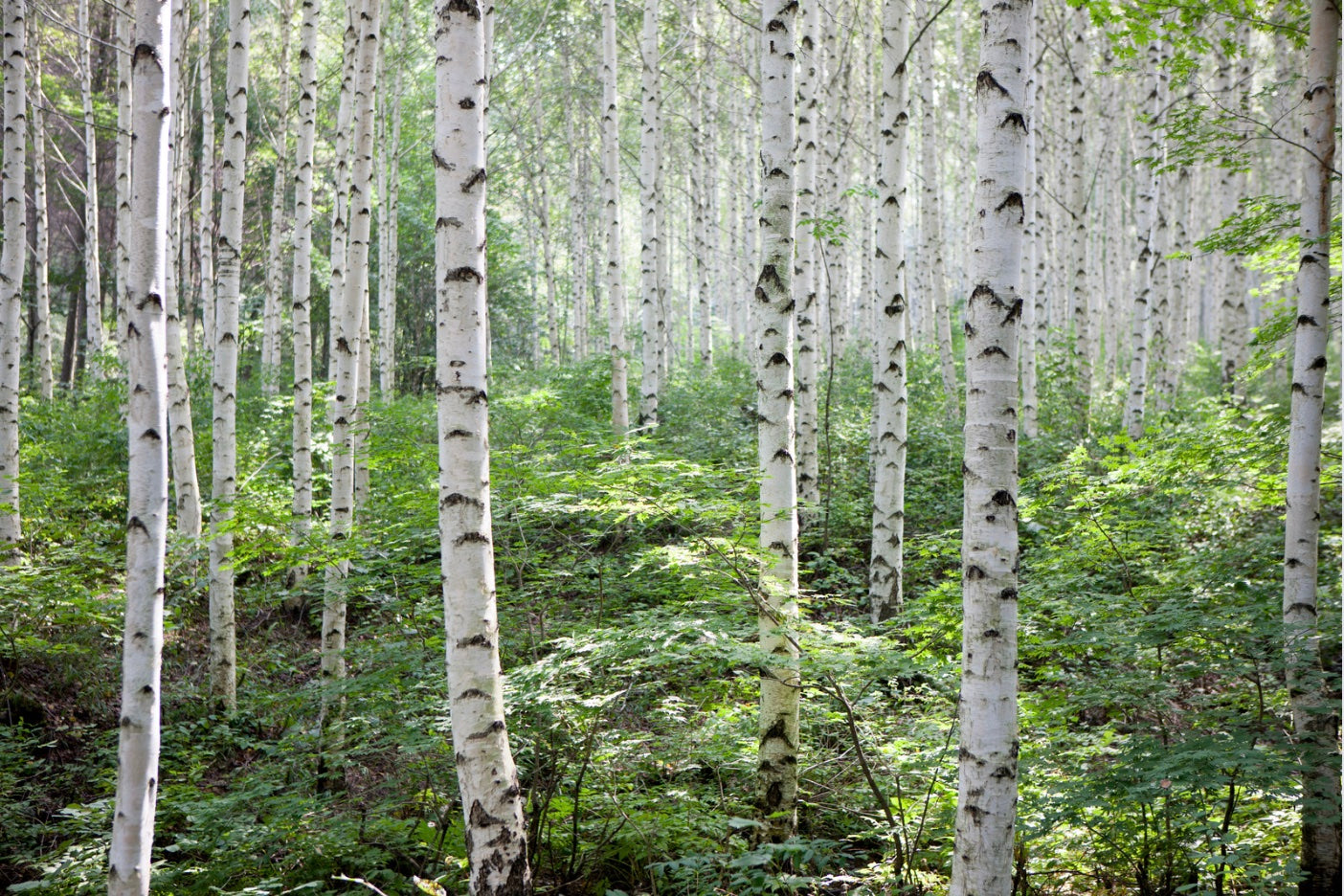
1. Birch Tree
Birch trees are known for their paper-like bark. To some, these trees are just as much an emblem of the northern United States as the sugar maple, but variations of birch can be found in almost every state across the country. While their slender trunks and distinct chevrons provide a striking contrast amongst mixed forests, birch trees are also known for their strength and adaptability, which allows them to grow in areas where other tree species would not. Often, birch trees are the first species to grow back after natural disasters like forest fires, helping to restore degraded ecosystems.
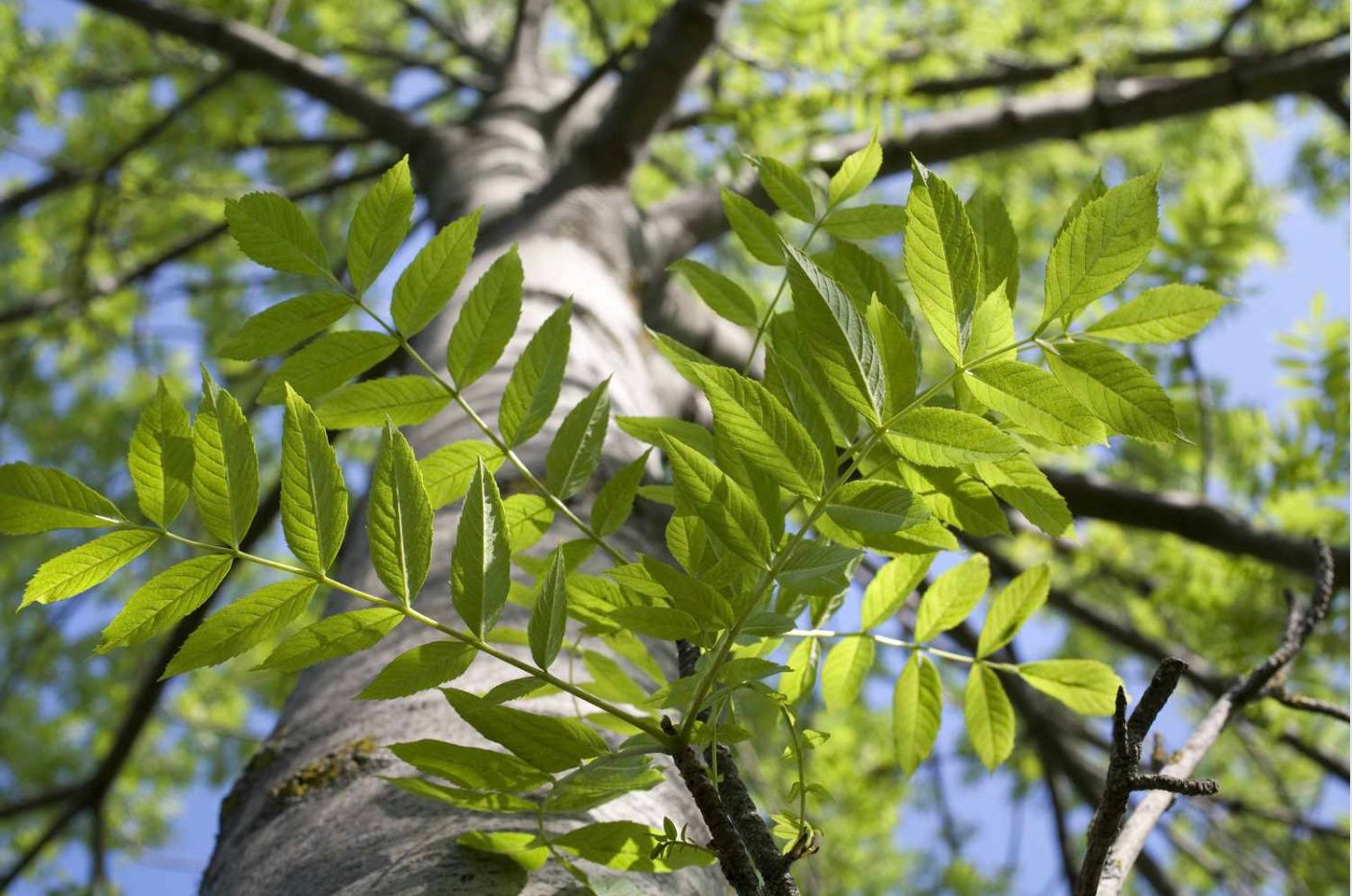
2. Ash Tree
Ash trees are easily identified by their distinct compound leaves, ranging from five to nine leaflets in total. The buds and branches often grow in opposite directions, with diamond-shaped bark ridges on the mature trees. They grow extensively in North America, with their primary range extending from Nova Scotia all the way south to Florida, and from eastern Minnesota south to eastern Texas. Ash trees excel in ecosystem restoration, and they are known to provide many different species with food and shelter. Their roots reach deep into the soil, stabilizing stream banks where they grow along riparian areas. Their leaves can feed both land and water animals with branches, wide enough to provide shade and habitat for many forest-dwellers.
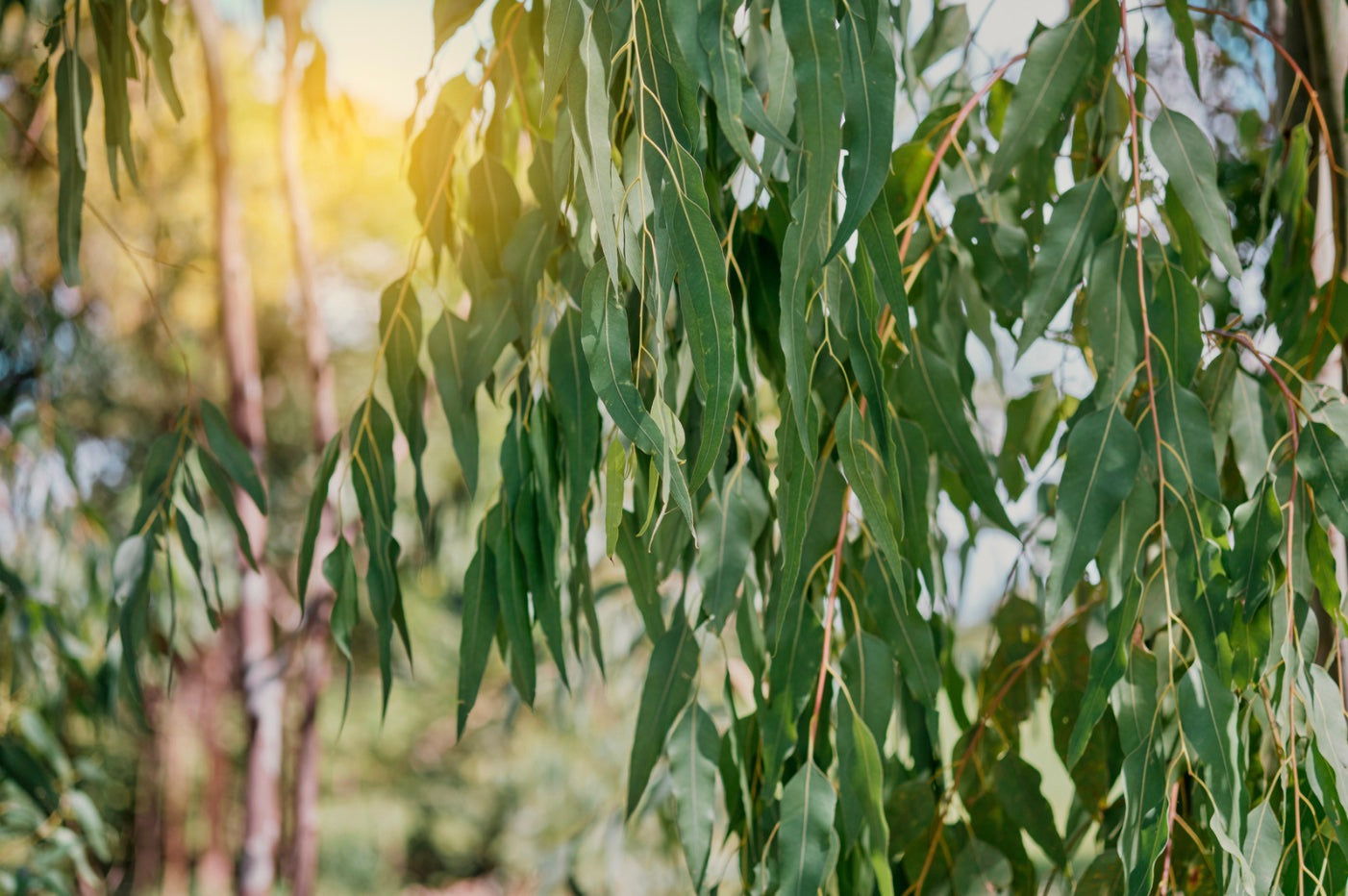
3. Eucalyptus Tree
When we think of eucalyptus trees, the distinctive essential oil that fills the halls of many a spa or beauty salon may be the first thing that comes to mind. Or we might think of cuddly-looking koalas scaling trees to eat the eucalyptus leaves. The eucalyptus tree is well-known for a number of reasons, and it may not surprise you to learn of the many medicinal uses these native Australian trees offer.
First Nations people have utilized leaves from the eucalyptus tree for generations, including as an antiseptic to kill germs, their naturally astringent qualities providing a powerful healing agent on wounds and fungal infections. Tea brewed we the leaves can also help to reduce fevers and joint pain.
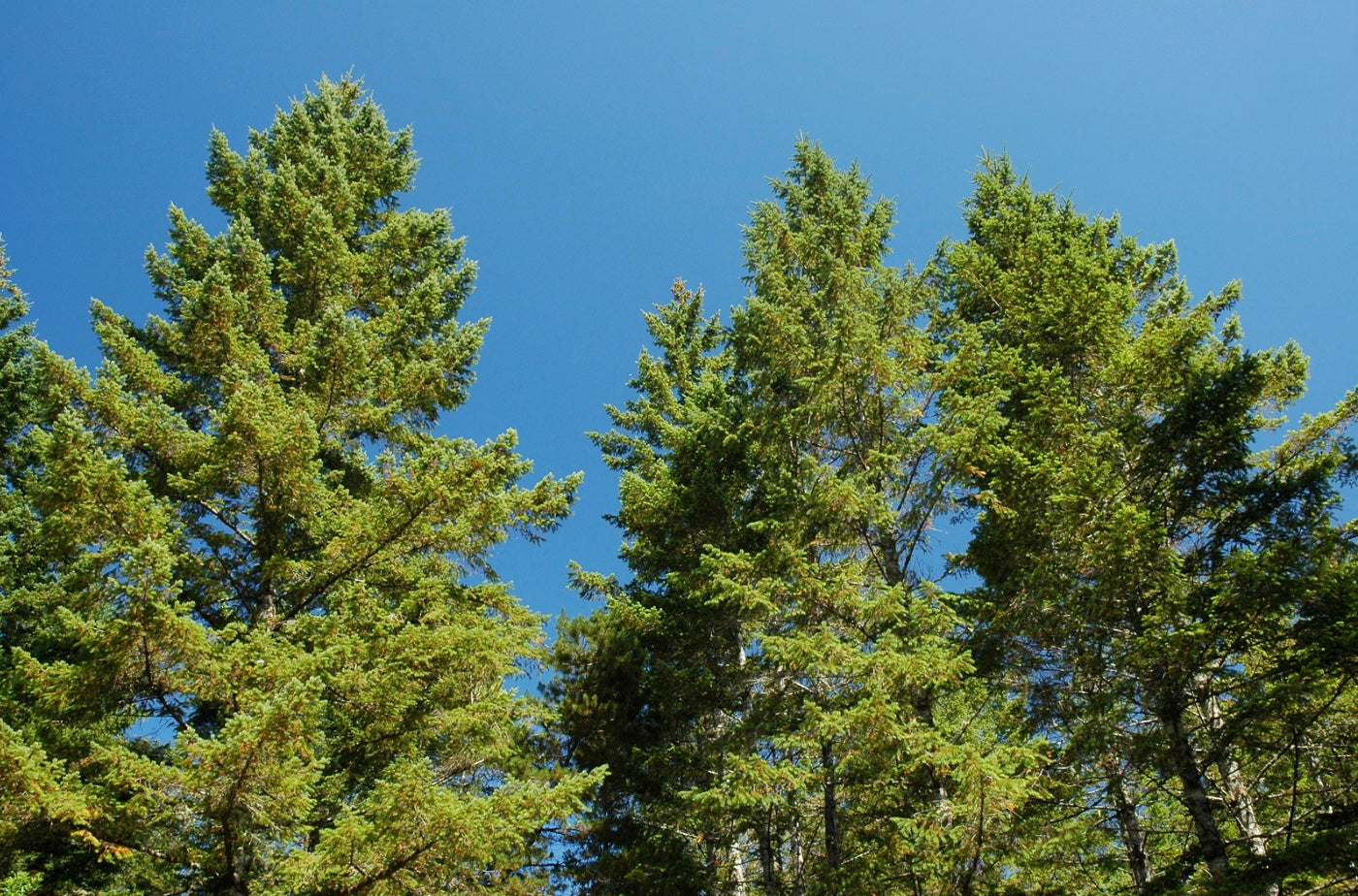
4. Douglas Fir
Douglas fir is often associated with the merriest time of the year, but it plays an important environmental role, too. These trees are native to western North America, and some of the oldest ones can live for over 1,500 years. Douglas firs are conifer trees that produce seeds in cones instead of flowers. The seeds are dispersed by the wind to help these trees reproduce. These seeds also provide forest-dwelling mammals with food, including chipmunks and red squirrels.
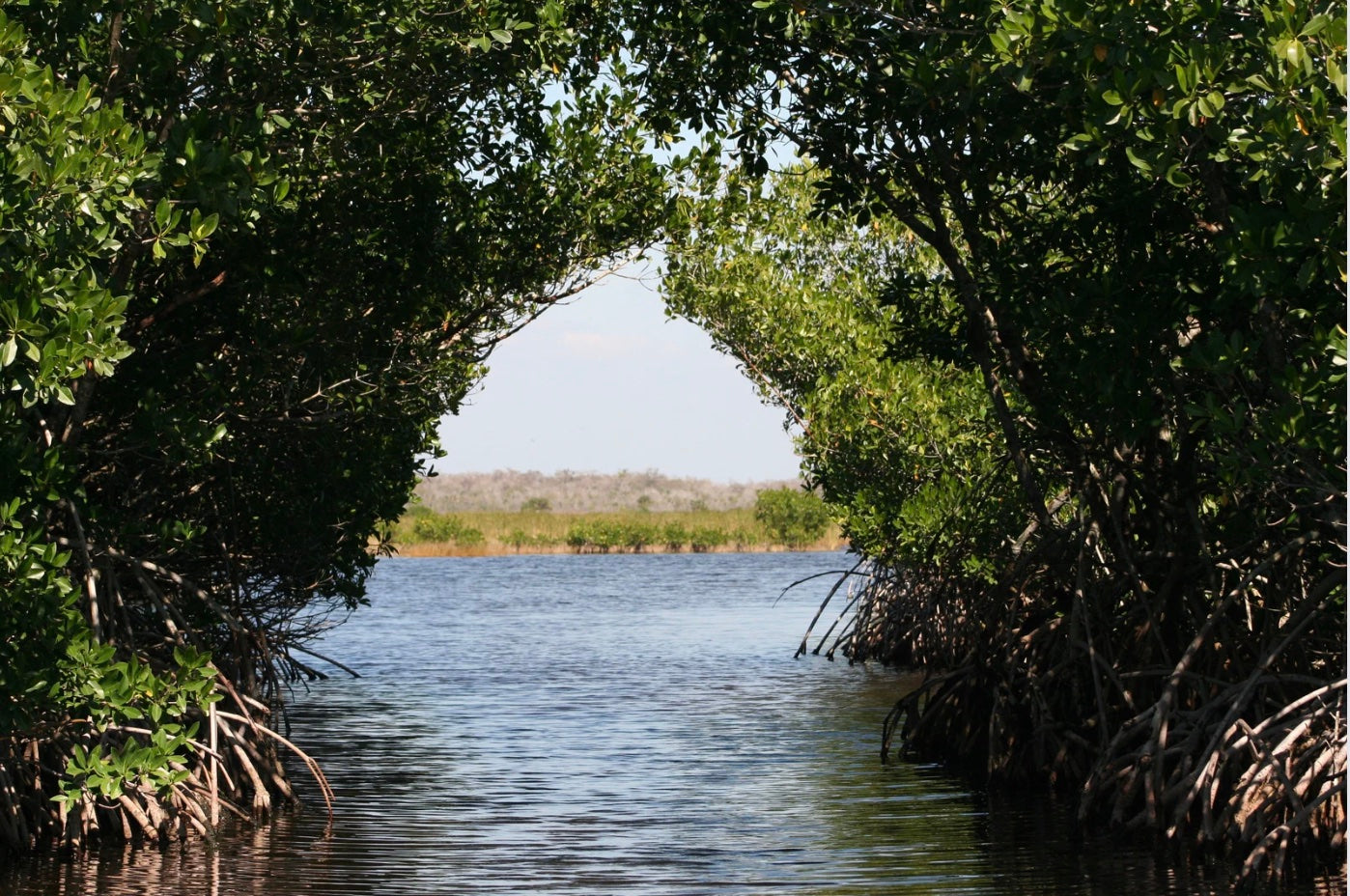
5. Mangroves
Mangrove trees are warriors. They grow in areas where most other trees cannot survive. From salty to coastal waters, they are experts at protecting water quality by removing pollutants from stormwater runoff. They are able to store vast amounts of blue carbon as large pools in soil and dead roots, and they are an integral part of the fight against climate change, providing a safe haven for many threatened species and boosting food security.
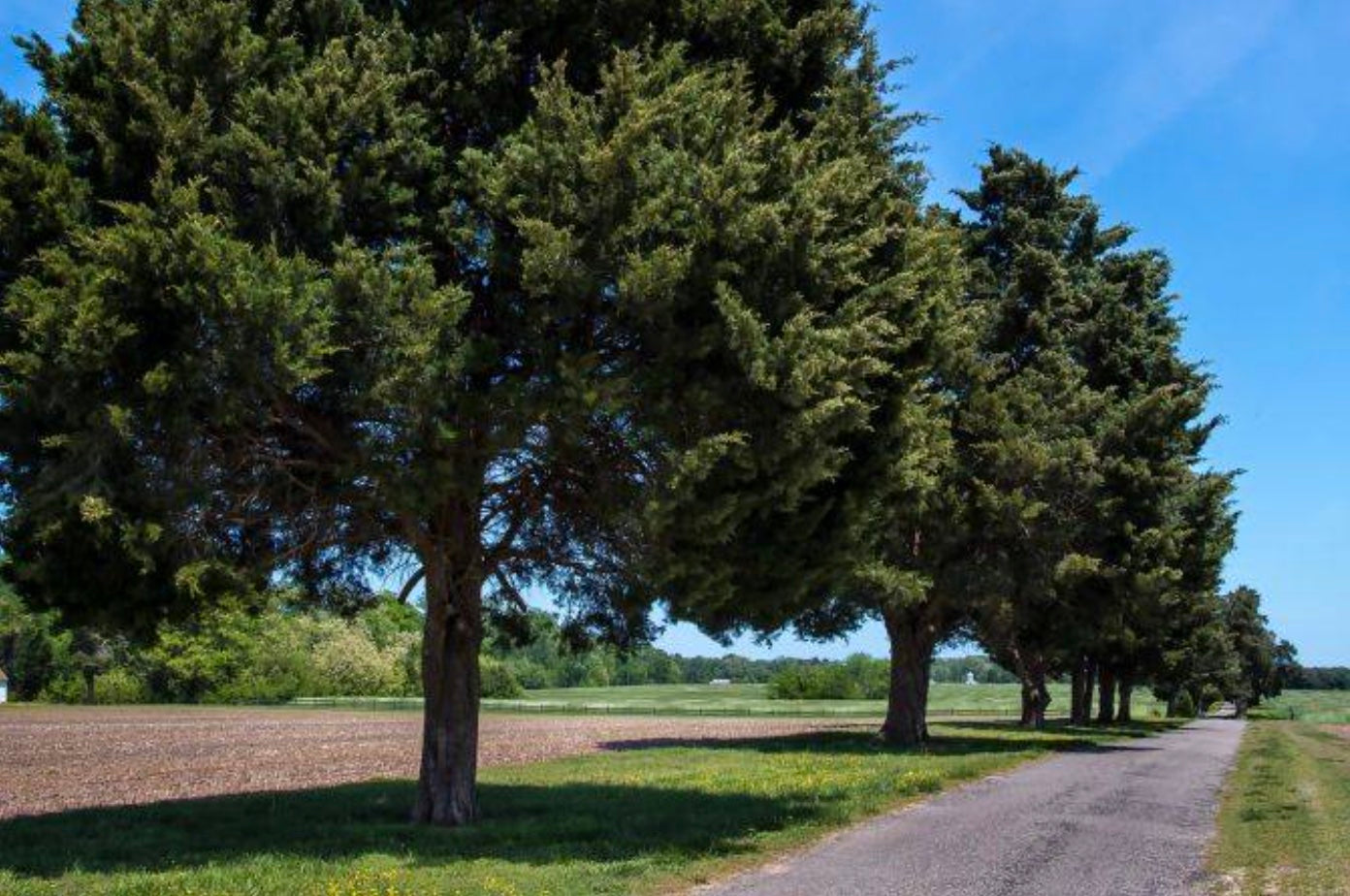
6. Eastern Red Cedar
The eastern red cedar tree is considered to be sacred amongst Indigenous people, especially the Cherokee Nation. It provides many medicinal benefits, and the wood and leaves contain a compound that helps counteract bacterial infections. There is a Cherokee legend that says the wood of these trees carries protective spirits. Much like the birch tree, the eastern red cedar is among the pioneer species that repopulate areas that have experienced significant disturbances leading to vegetation loss.
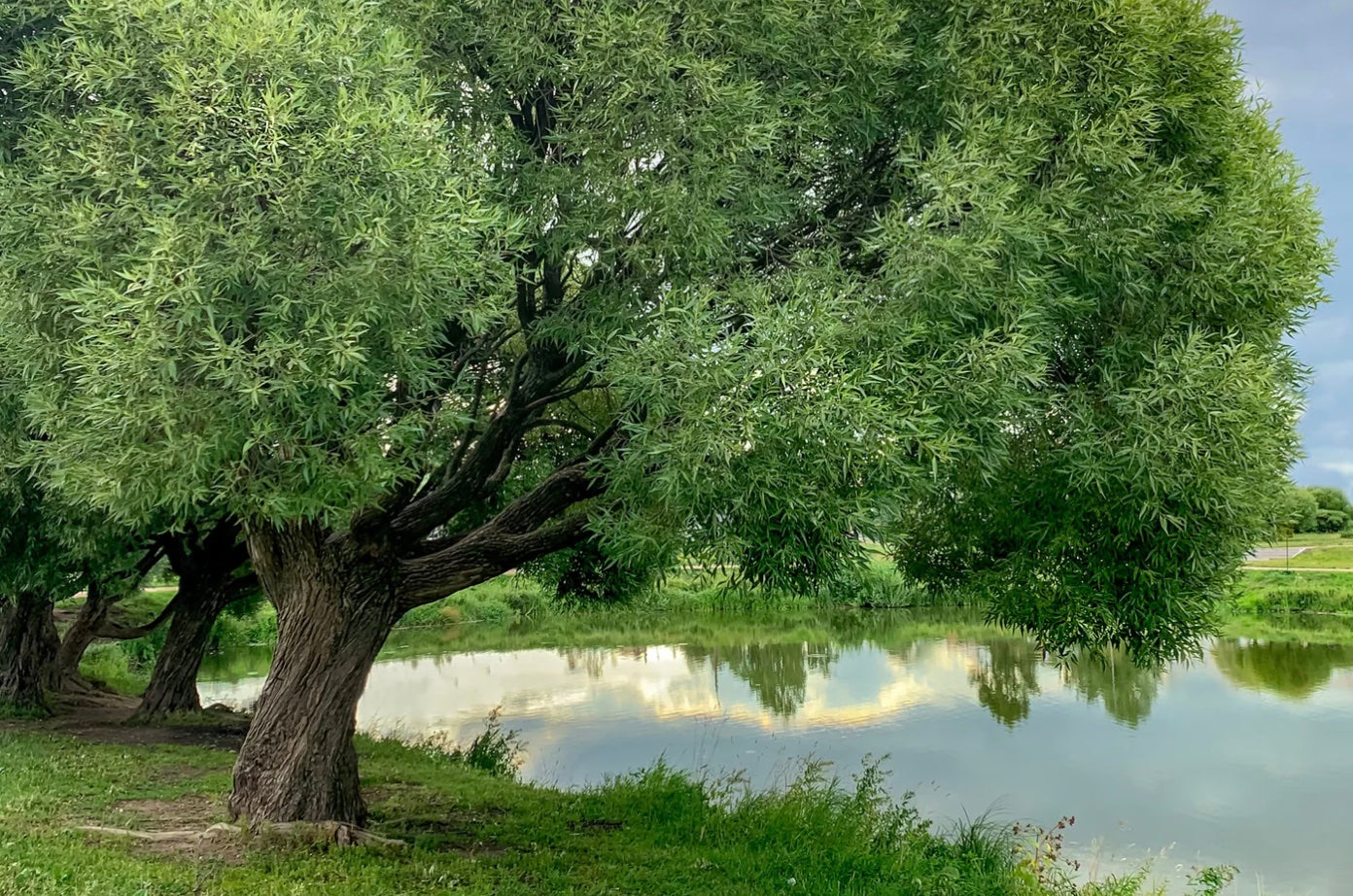
7. Black Willow Tree
For many skincare enthusiasts, willow trees are beloved. In fact, an extract is derived from this tree’s bark that contains salicin. This extract is used to derive salicylic acid which is a staple used amongst many skincare products. It helps soothe irritated skin, clean pores, and reduce acne-related breakouts. In nature, black willow trees are among the first trees to produce nectar and pollen for bees and other pollinators after winter.
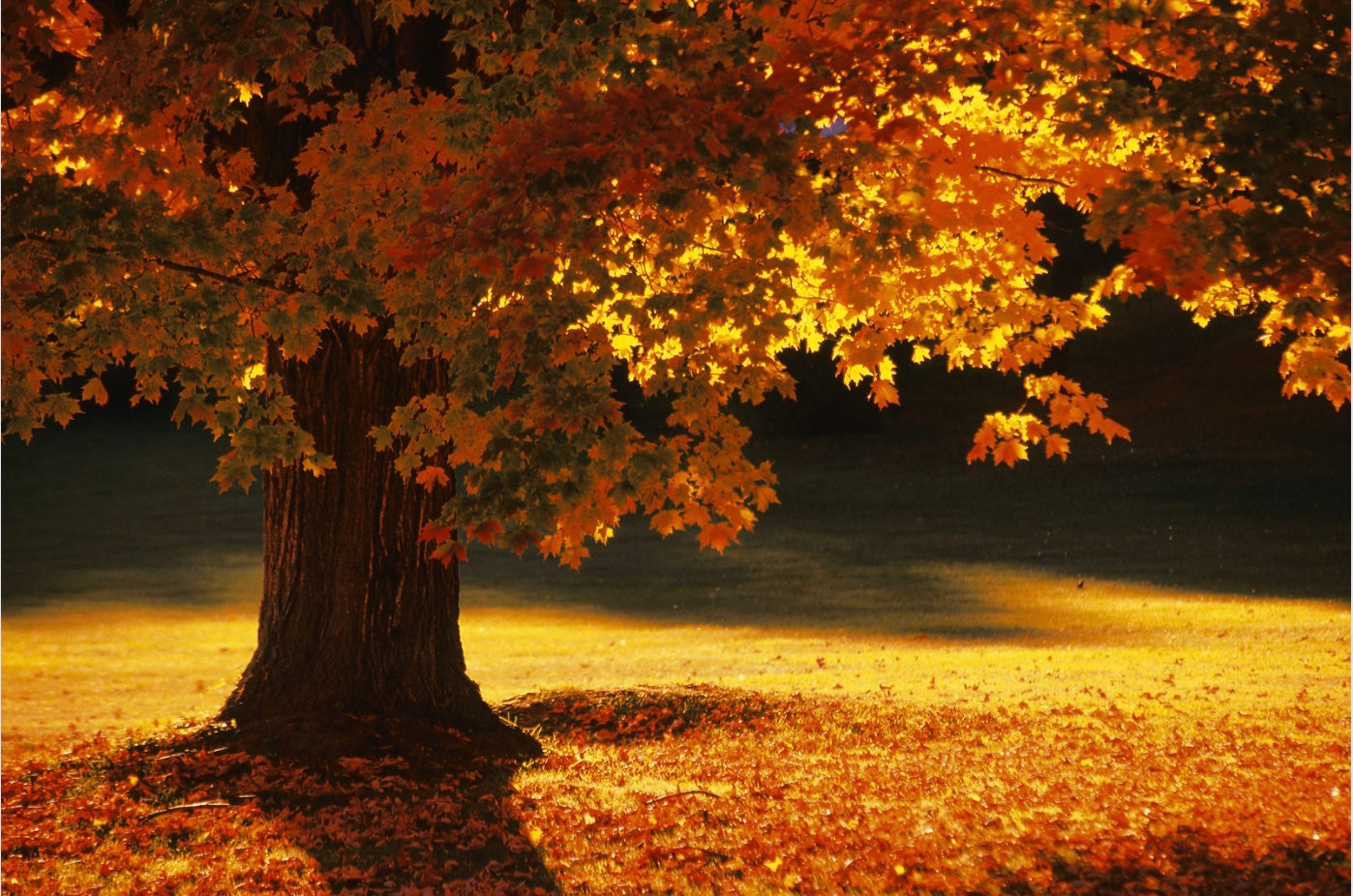
8. Maple Tree
Maple trees are perhaps most well-known for their lip-smacking syrup and vibrant autumn colors, but they also provide important benefits to wildlife and the environment. Their fruits, buds, and twigs are a major source of nutrition for many different wildlife species. Their beautiful and expansive branches also provide the perfect home for many bird species. During the autumn, when maple leaves drop and begin to decompose, they provide the soil with minerals, making it less acidic. With many different types of maple trees, ranging from black maple to red maple, these trees are essential to keeping ecosystems healthy.
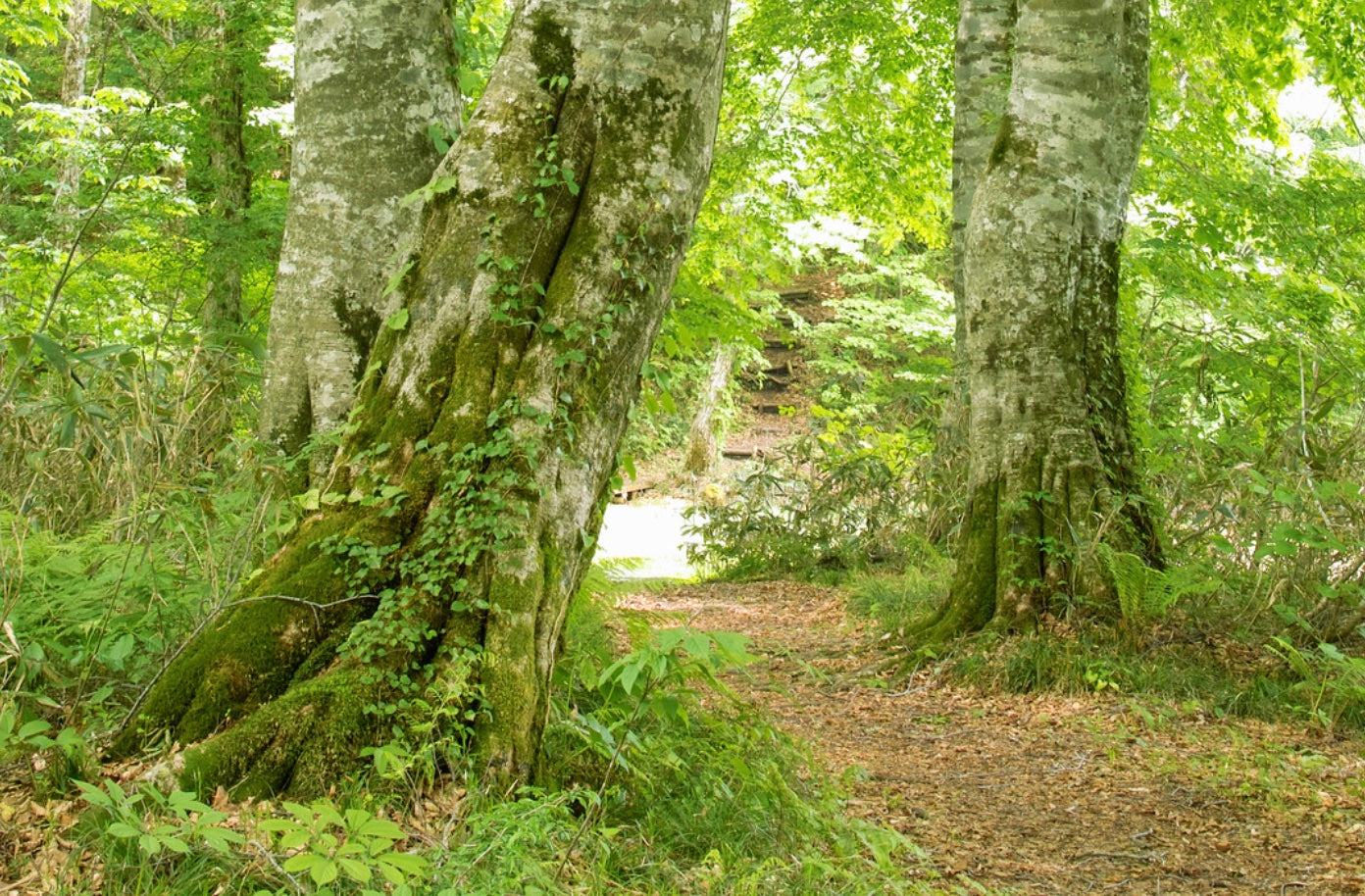
9. Beech Tree
Like many other trees, beech trees help to sequester carbon and improve air quality. They also help reduce pollution and floods. These beautiful trees are also seen to be protective and nurturing, offering their canopy as shade and habitat to wildlife. The beechnuts that grow on their branches provide an excellent source of nutrients for woodland biodiversity. Beech trees reproduce in part through their roots, and many of these trees can live to be up to 350 years old.
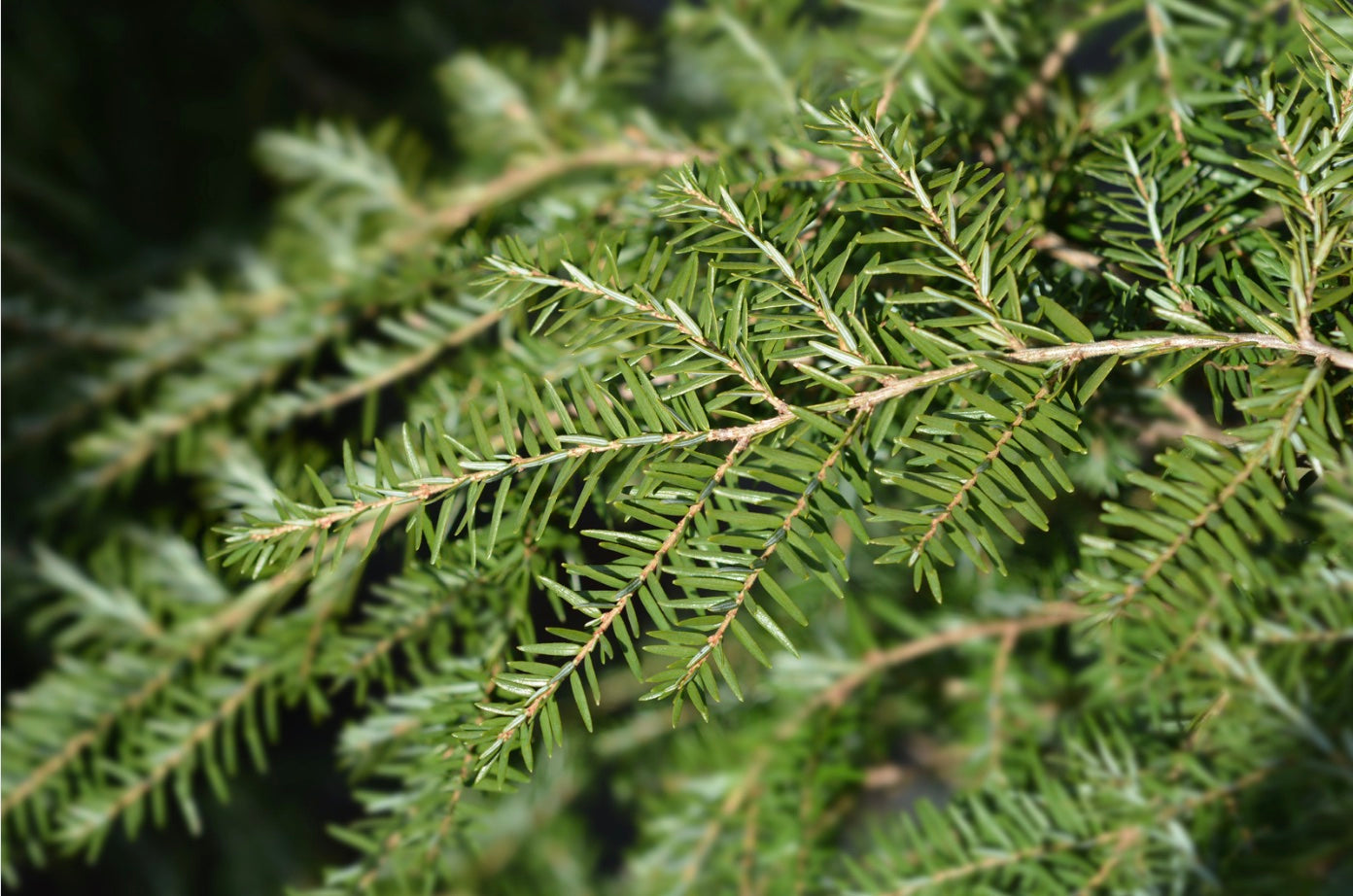
10. Hemlock Tree
Hemlock trees are an iconic evergreen tree species and are found primarily in riparian zones. They can live to be over 800 years old, and they provide a dense canopy that helps to maintain moisture and modulate temperatures at the forest floor temperatures. Some bird species rely on hemlock trees alone for nesting. The roots of hemlock trees help to hold stream banks in place, and their branches often provide shade to the waters below, reducing temperatures.
Trees are essential for all of life on Earth, and each species has a special job to do. You can help support the important work that trees do by donating to plant more trees! We can make an impact globally by helping ecosystems thrive, and by promoting biodiversity with each tree planted.
